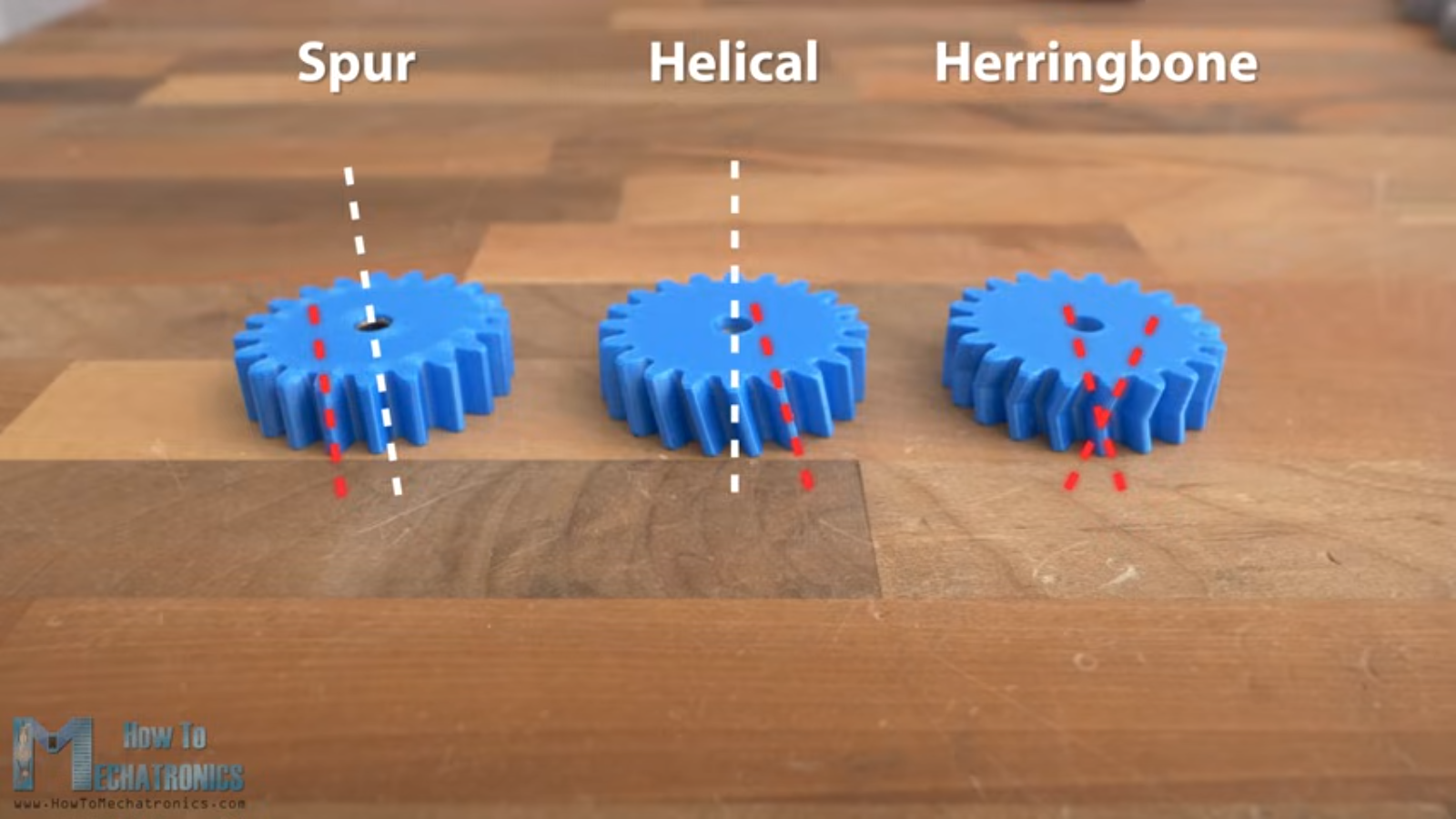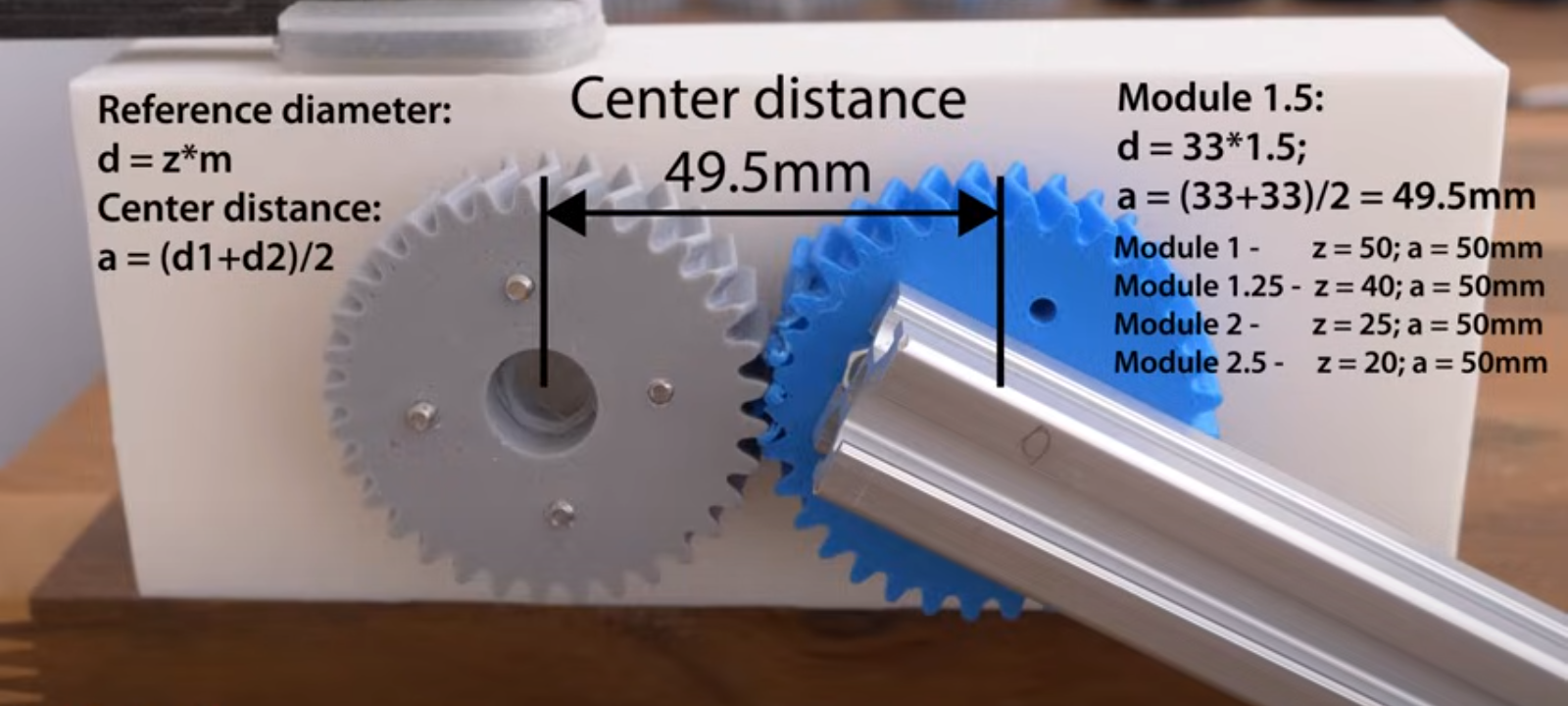Studying the Finer Points of 3D Printed Gears [Hackaday]

[How to Mechatronics] on YouTube endeavored to create a comprehensive guide comparing the various factors that affect the performance of 3D printed gears. Given the numerous variables involved, this is a challenging task, but it aims to shed light on the differences. The guide focuses on three types of gears: the spur gear with straight teeth parallel to the gear axis, the helical gear with teeth at an angle, and the herringbone gear, which combines two helical gear designs. Furthermore, the guide delves into how printing factors such as infill density impact strength, and it tests various materials, including PLA, carbon fiber PLA, ABS, PETG, ASA, and nylon, to determine the best options.
The spur gear is highly efficient due to the minimal contact path when the gears are engaged. However, the sudden contact mechanism, as the teeth engage, creates a high impulse load, which can negatively affect
It’s worth noting that multiple teeth are involved in power transmission, with the gradual engagement and disengagement of the tooth being spread out over more teeth than the spur design. The downside is that there is a significant sideways force due to the inclined angle of the teeth, which must be considered in the enclosing structure and may require an additional bearing surface to handle it. Herringbone gears solve this problem by using two helical gears thrusting in opposite directions, cancelling out the force.
Some key recommendations include increasing the wall count to five passes, and using a minimum infill of 35%. After testing a few filament types, it was somewhat inconclusive as each brand of filament has different breaking strengths due to factors such as age, moisture absorption, and color. It seems that using PLA is still a safe and cost-effective option compared to other fancier materials. The conclusion regarding gear type is to use herringbone gears whenever possible, but ensure the use of bearings that can handle the increased axial force compared to spur gears.

![studying-the-finer-points-of-3d-printed-gears-[hackaday]](https://i0.wp.com/upmytech.com/wp-content/uploads/2024/06/189257-studying-the-finer-points-of-3d-printed-gears-hackaday.png?resize=800%2C445&ssl=1)